CT’s Dropping College Enrollment Expected to Rebound with Different Demographics
/Parents of third graders, take note: If demographic patterns hold, your children could be in the largest U.S. college freshman class ever – and likely the most diverse as well. Although the high numbers may be lower in Connecticut and the Northeast than elsewhere in the country, the demographic changes are strongly expected. The projections are based on the latest analysis from the Pew Research Center, reflecting that in 2007 U.S. births surpassed 4.3 million – a level not seen since 1957, when college enrollment was less common. Based on current trends, demographers make assumptions about the share of those children who will eventually graduate from high school and go on to college.
 According to the Western Interstate Commission on Higher Education (WICHE), the high school class of 2025 will be the largest and most ethnically diverse class in the nation’s history – but before the bump, there is a decline. That’s what colleges and universities are experiencing now.
According to the Western Interstate Commission on Higher Education (WICHE), the high school class of 2025 will be the largest and most ethnically diverse class in the nation’s history – but before the bump, there is a decline. That’s what colleges and universities are experiencing now.
This academic year at the state’s four regional state universities (Central, Southern, Eastern and Western), enrollment declined by 1,061 full- and part-time students, a 3 percent drop. Capital Community College in Hartford experienced the largest enrollment drop among the state’s 12 community colleges with 731 fewer students, an 18 percent dip. Other colleges with sizable drops included Asnuntuck in Enfield (10 percent), Gateway in New Haven (9 percent); Quinebaug Valley in Killingly (8 percent); and Housatonic in Bridgeport (1 percent). Overall, the state college admissions decline was 6.1 percent. 
With support from the State Capitol, UConn has been able to swim against the tide - the largest freshman class ever at the University of Connecticut — 3,800 students — began the current semester at the Storrs campus. This year's freshman class at Storrs has 220 students more than last year's class of 3,580, and this year's class includes a slightly higher percentage of out-of-state students — 43 percent, compared with 40 percent last year, according to published reports. Diversity of the students has declined slightly this year, even as the number of international students has climbed dramatically, more than doubling over the past two years.
In Virginia, public four- and two-year schools expect to see a 5 percent head count increase by the 2021-22 academic year, according to projections submitted to the State Council of Higher Education for Virginia, before the numbers begin to rebound. Nationwide since 2009, the number of first-time, full-time freshmen has come down somewhat (from 2.5 million to 2.4 million in 2013), Pew reports.
Generally, the number of first-time, full-time college freshmen tracks closely with the number of births from 18 years earlier. In the post-recession era, about 70 percent of high school graduates go on to be first-time, full-time freshmen in either a two- or four-year college.
The last enrollment peak happened in 2009, when the children of Baby Boomers reached college age (and 18 years after 1991’s 4.1 million births).  In addition, the Great Recession encouraged many young adults to ride out the difficult job market by continuing their education.
In addition, the Great Recession encouraged many young adults to ride out the difficult job market by continuing their education.
After the current admissions downturn, the next “college admissions bubble” is due to arrive with dramatic demographic shifts as well. Immigration and births of second-generation immigrants are likely to drive up the shares of Hispanic and Asian students.
Already, over the past two decades, the share of students graduating from public high schools who are white and non-Hispanic has declined dramatically – from 73 percent in 1995 to 57 percent in 2012, according to the most recent data available, Pew reports. In that time period the shares that are Hispanic and Asian have grown. WICHE projects that this trend will continue, with the public high school graduating class of 2025 being barely majority white (51 percent).
The WICHE report Knocking at the College Door predicted in 2013 that in the South, the most populous region in the country, the number of high school graduates in 2027-2028 would be 8 percent larger than it was in 2008-2009. The situation in the Northeast, which the report defines as Connecticut, Pennsylvania, Maine, Massachusetts, New Hampshire, New Jersey, New York, Rhode Island, and Vermont, is less rosy, according to the Rockefeller Institute of Government. In this region, the number of high-school graduates is expected to decline by 10 percent between 2009 and 2028. This means approximately 65,000 fewer students will be coming through the educational pipeline and moving into higher education, according to the report.
Nonetheless, a report prepared in 2014 for the Connecticut Board of Regents for Higher Education, Transform CSCU2020, called for the 17-institution system to take steps to increase enrollment by 2019. The report, now largely discredited, called for increased enrollment at every institution, with some as high as 10-15 percent.
The consultant rep ort called for an increase of 36,000 students system-wide without adding additional faculty or space. The 17 institutions currently have a total of 92,000 students. The report recommended experimentation with price reductions for out-of-state-students, changing the name of the state system, asserting a new brand position, developing a new logo and color palette, maintaining low tuition increases, centralizing and outsourcing administrative services such as call centers and marketing, and developing goals for students success and metrics to track progress.
ort called for an increase of 36,000 students system-wide without adding additional faculty or space. The 17 institutions currently have a total of 92,000 students. The report recommended experimentation with price reductions for out-of-state-students, changing the name of the state system, asserting a new brand position, developing a new logo and color palette, maintaining low tuition increases, centralizing and outsourcing administrative services such as call centers and marketing, and developing goals for students success and metrics to track progress.




 "The Connecticut Council for Philanthropy along with other funding partners invested in the first ever statewide Community Wellbeing Survey, a scientific survey of the state’s entire adult population that will provide timely, powerful knowledge about our communities and enable us to better know the people and places we care about,” added Maggie Osborn, President of the Connecticut Council for Philanthropy.
"The Connecticut Council for Philanthropy along with other funding partners invested in the first ever statewide Community Wellbeing Survey, a scientific survey of the state’s entire adult population that will provide timely, powerful knowledge about our communities and enable us to better know the people and places we care about,” added Maggie Osborn, President of the Connecticut Council for Philanthropy. In Connecticut, the average rate between 1999 and 2001 was 4.1 per 100,000. Between 2010 and 2013, the drug overdose rate had risen to 8.3, above the national aver
In Connecticut, the average rate between 1999 and 2001 was 4.1 per 100,000. Between 2010 and 2013, the drug overdose rate had risen to 8.3, above the national aver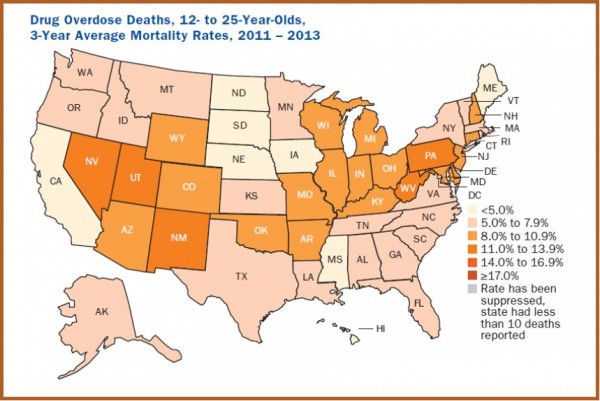 age but unchanged from a previous three-year period, 2005-2007. The data was compiled from the Centers for Disease Control and Prevention. Males are 2.5 times as likely to overdose as females (10.4 vs. 4.1 per 100,000), according to the report.
age but unchanged from a previous three-year period, 2005-2007. The data was compiled from the Centers for Disease Control and Prevention. Males are 2.5 times as likely to overdose as females (10.4 vs. 4.1 per 100,000), according to the report.
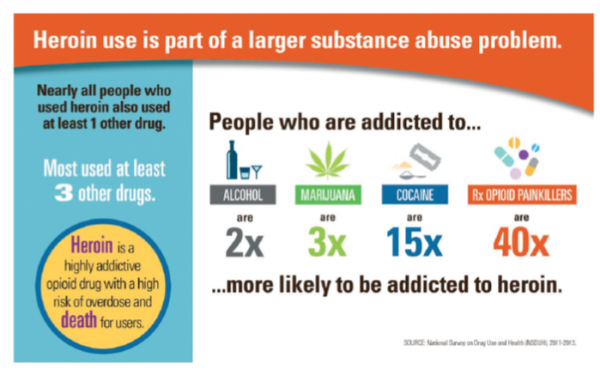 s to help practitioners identify potential abuse that leads to over prescribing by requiring them to check patient history to verify if patients seeking certain prescriptions have recently received these medications from multiple other prescribers or pharmacists.
s to help practitioners identify potential abuse that leads to over prescribing by requiring them to check patient history to verify if patients seeking certain prescriptions have recently received these medications from multiple other prescribers or pharmacists.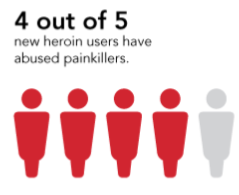




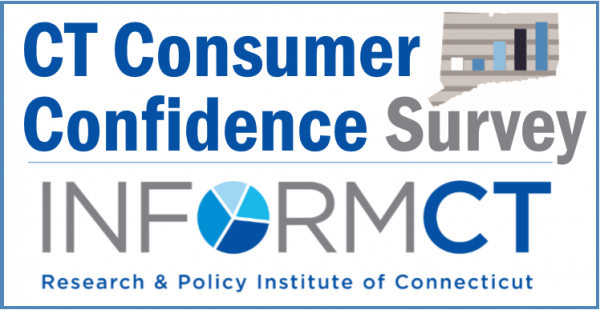

 ncing or purchasing a home in the next six months dropped from by one-third, from 18 percent in the first quarter of the year to 12 percent by the end of the third quarter. Interestingly, buying a car appears immune to economic outlook – the percentage who anticipate that purchase in the next six months has been nearly identical in each quarterly survey this year.
ncing or purchasing a home in the next six months dropped from by one-third, from 18 percent in the first quarter of the year to 12 percent by the end of the third quarter. Interestingly, buying a car appears immune to economic outlook – the percentage who anticipate that purchase in the next six months has been nearly identical in each quarterly survey this year.


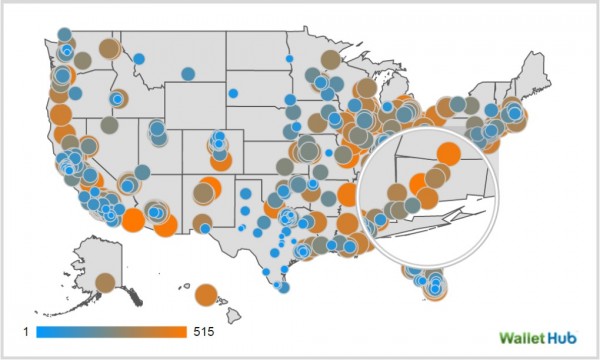 Joan Fitzgerald, Professor of Public Policy and Urban Affairs at Northeastern University, told WalletHub: “It is not an accident that many of the fastest growing cities have thriving high tech and biotech sectors along with financial services and usually a strong health care sector. But another priority has to be balance. In many cities, manufacturing loses out over other uses.”
Joan Fitzgerald, Professor of Public Policy and Urban Affairs at Northeastern University, told WalletHub: “It is not an accident that many of the fastest growing cities have thriving high tech and biotech sectors along with financial services and usually a strong health care sector. But another priority has to be balance. In many cities, manufacturing loses out over other uses.”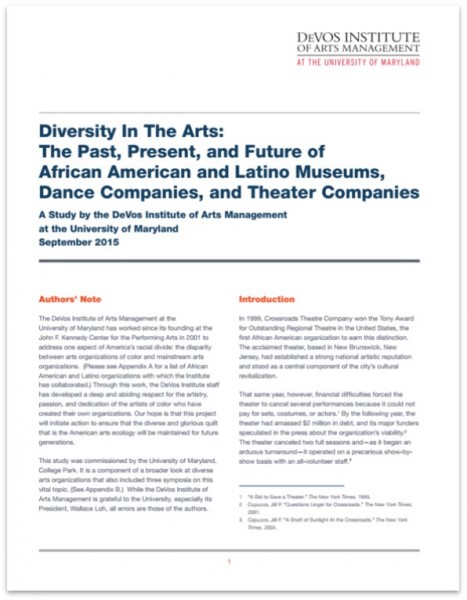
 A survey to which 29 of the 60 black and Latino arts groups in the study replied showed that the median percentage of donations coming from individuals was 5%. The norm is about 60% for big mainstream arts organizations. “This is the most important single statistic in the study,” the report says. Minority arts organizations also trailed when it came to box office receipts and other earned revenue. Earned money accounted for 40% of their revenue, compared with 59% for the big mainstream groups.
A survey to which 29 of the 60 black and Latino arts groups in the study replied showed that the median percentage of donations coming from individuals was 5%. The norm is about 60% for big mainstream arts organizations. “This is the most important single statistic in the study,” the report says. Minority arts organizations also trailed when it came to box office receipts and other earned revenue. Earned money accounted for 40% of their revenue, compared with 59% for the big mainstream groups.






 When asked in the survey about factors that influence their giving, the biggest portion, 68 percent, said it is very important the charity has evidence that its programs are effective. The other factors, in addition to the 50 percent who favored low overhead spending: the charity gets good ratings from watchdogs, 54 percent; it works on a cause that has affected me or my loved ones, 39 percent; it only occasionally asks for money, 27 percent; and I know people who work there, 24 percent.
When asked in the survey about factors that influence their giving, the biggest portion, 68 percent, said it is very important the charity has evidence that its programs are effective. The other factors, in addition to the 50 percent who favored low overhead spending: the charity gets good ratings from watchdogs, 54 percent; it works on a cause that has affected me or my loved ones, 39 percent; it only occasionally asks for money, 27 percent; and I know people who work there, 24 percent.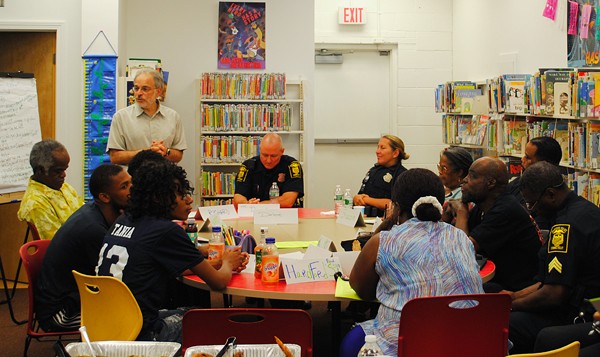
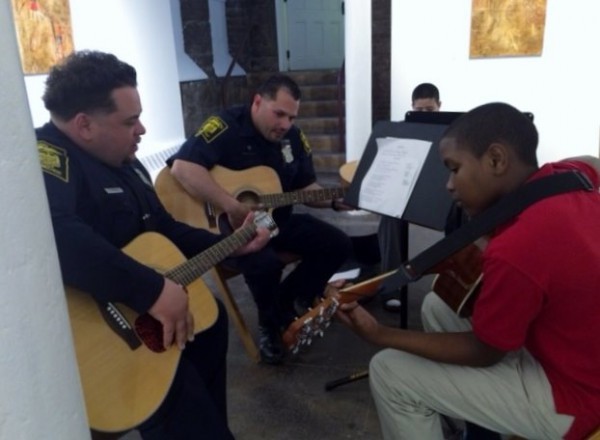
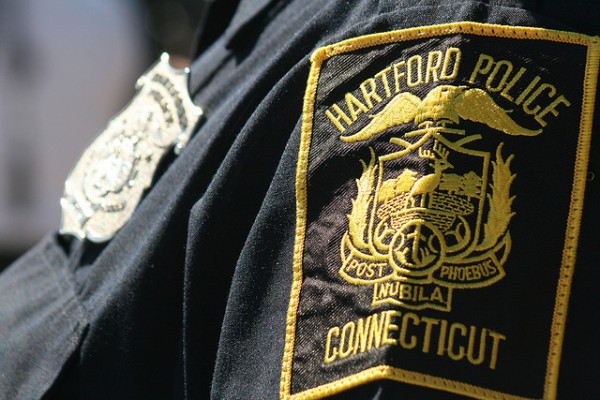 At the same time, another initiative in the city was taking root – one which soon reached the pages of
At the same time, another initiative in the city was taking root – one which soon reached the pages of  Last month
Last month


























